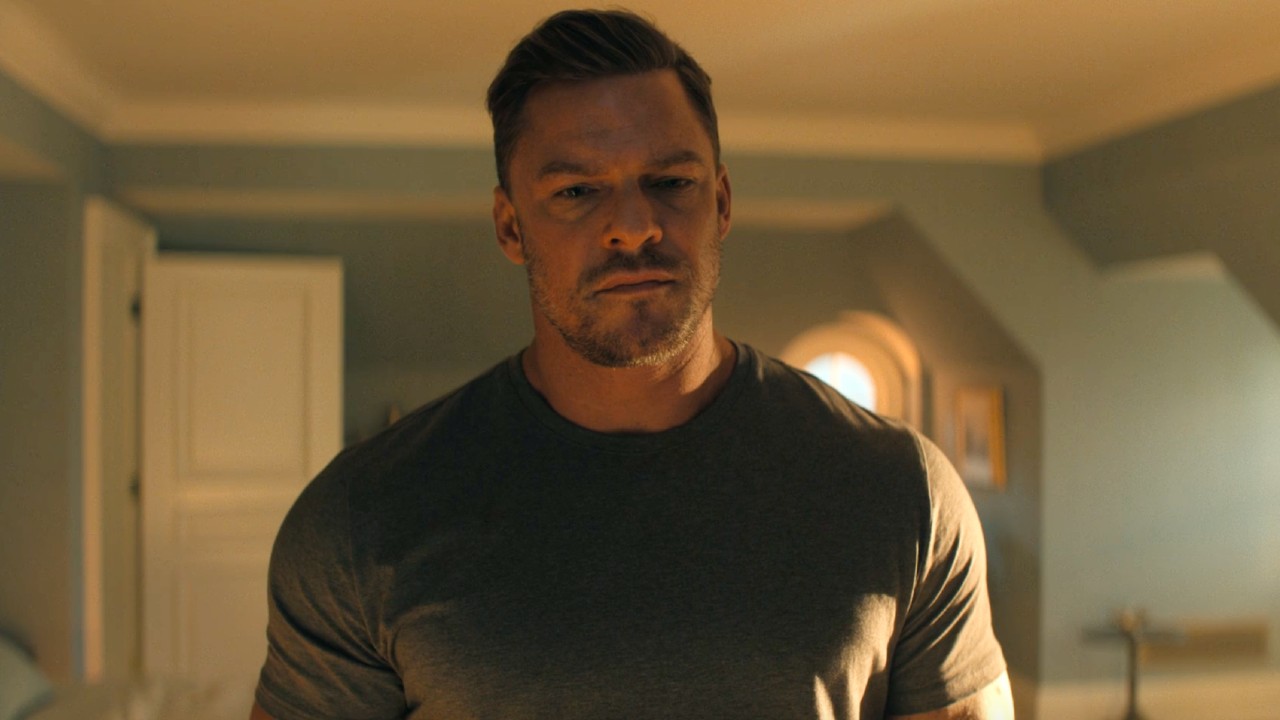Justice Society: Everything You Need To Know About The DC Superhero Team
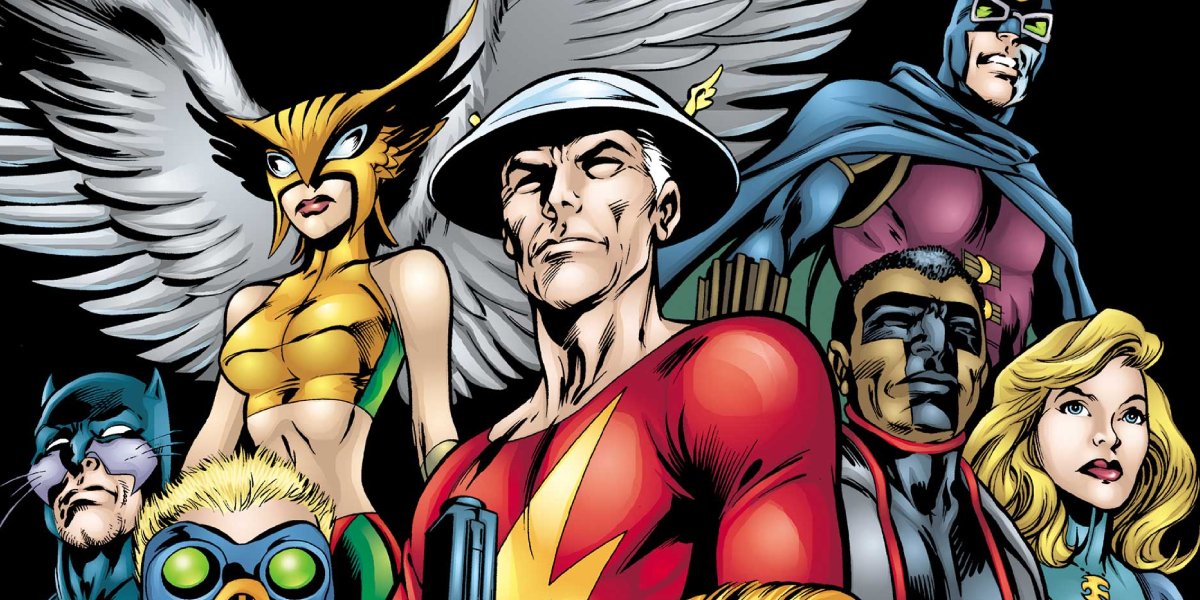
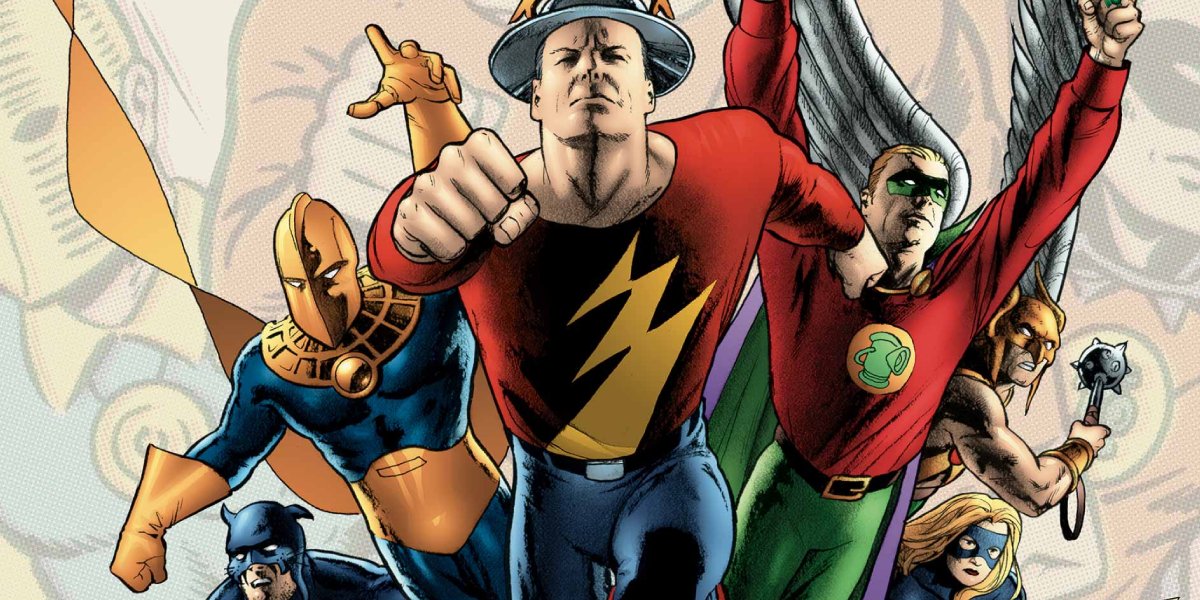
While the Justice League is usually all the rage in the world of DC Comics, there has been a surprising amount of attention brought to the Justice Society lately. The superhero collective is not only a major element to Stargirl, the latest series in the Arrowverse franchise, but the upcoming Dwayne Johnson-led Black Adam movie is slated to mark the team’s cinematic debut.
For comic book obsessives, the recent, nearly unprecedented exposure of this often overlooked superhero team has them brimming with excitement. On the other hand, those who consider themselves more casual superhero fans may be confused by the distinction between the Justice Society of America and the Justice League of America. Believe it or not, there are actually some aspects of these characters’ history that might even leave some of the more knowledgeable DC aficionados puzzled.
Well, that is where we come in to save the day. Allow us to provide you with the basics of what you should know about the Justice Society of America before you start binging Stargirl or Black Adam hits theaters (whenever that will be) with these seven facts.
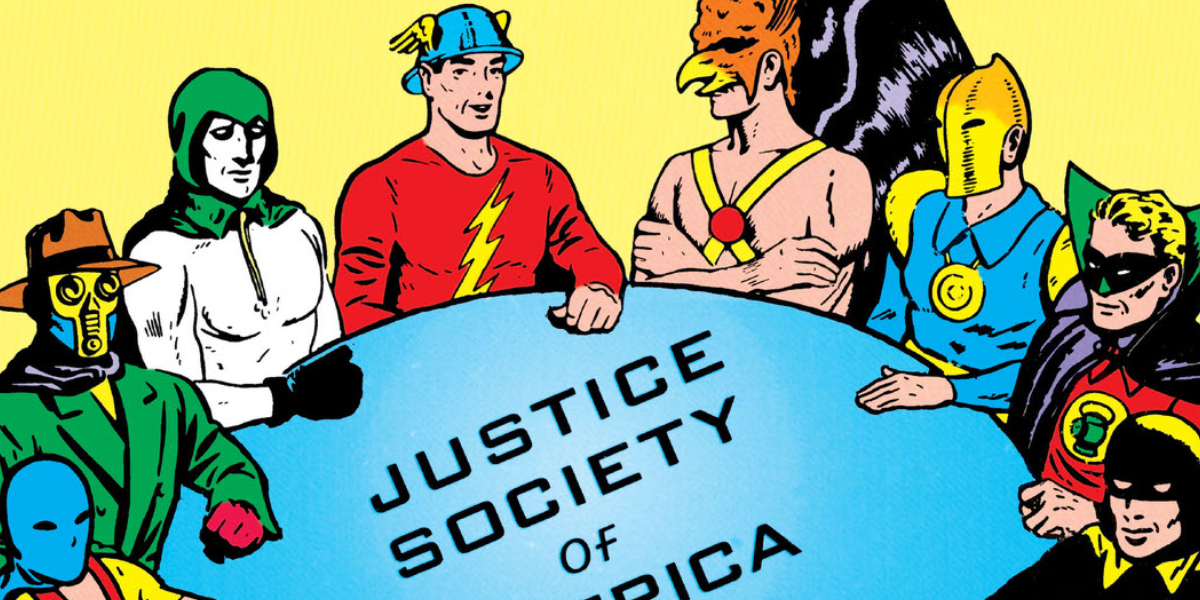
Justice Society Actually Predates The Justice League
One might assume that the Justice Society of America must be DC's own in-house rip-off of its much more popular Justice League, but they would be wrong. In fact, the Golden Age era team, co-created by writer Gardner Fox, artist Everett E. Hibbard and editor Sheldon Mayer, was the first superhero collective of its kind. They debuted in DC’s All-Star Comics #3 in 1940, two decades prior to the Justice League's first appearance in the 28th issue of The Brave and the Bold.
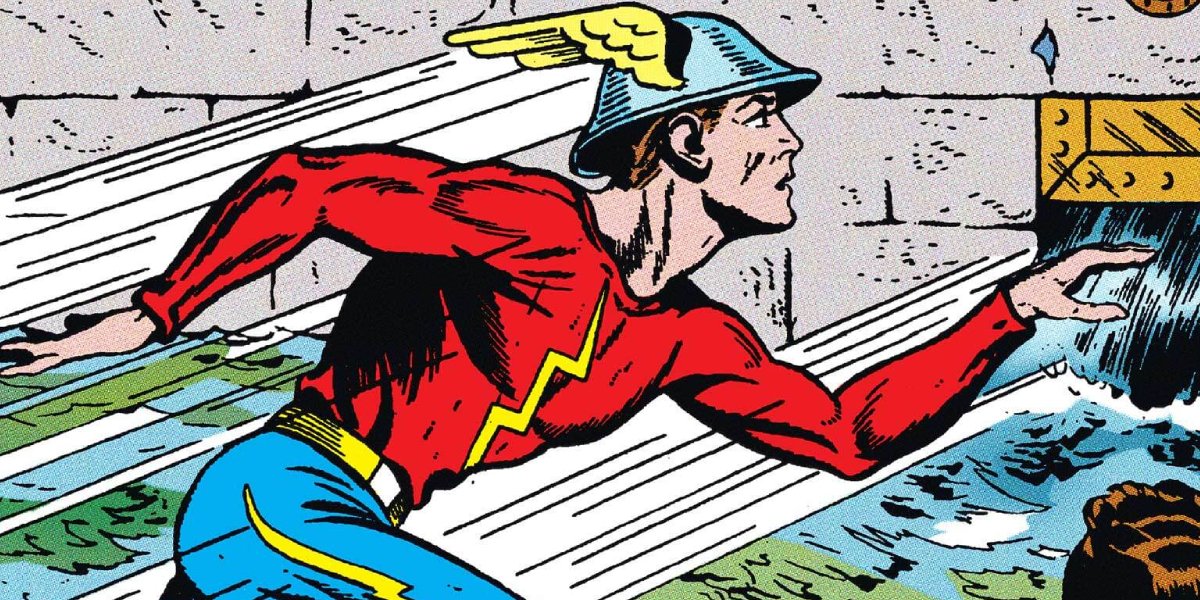
Flash And Green Lantern Were Among The Justice Society’s Original Members
Before they became Justice League staples, The Flash and Green Lantern were part of the Justice Society of America, but just not the versions of those characters whom you may recognize. The Golden Age Flash (Jay Garrick) and Green Lantern (Alan Scott) were founding members of the JSA, along with The Sandman, Hawkman, Doctor Fate, The Atom and other heroes from who did not headline their own self-titled comics at the time. Otherwise, that person would be given an “honorary” membership, such as Batman and Superman, which is actually where the more puzzling aspects of this team's history begin.
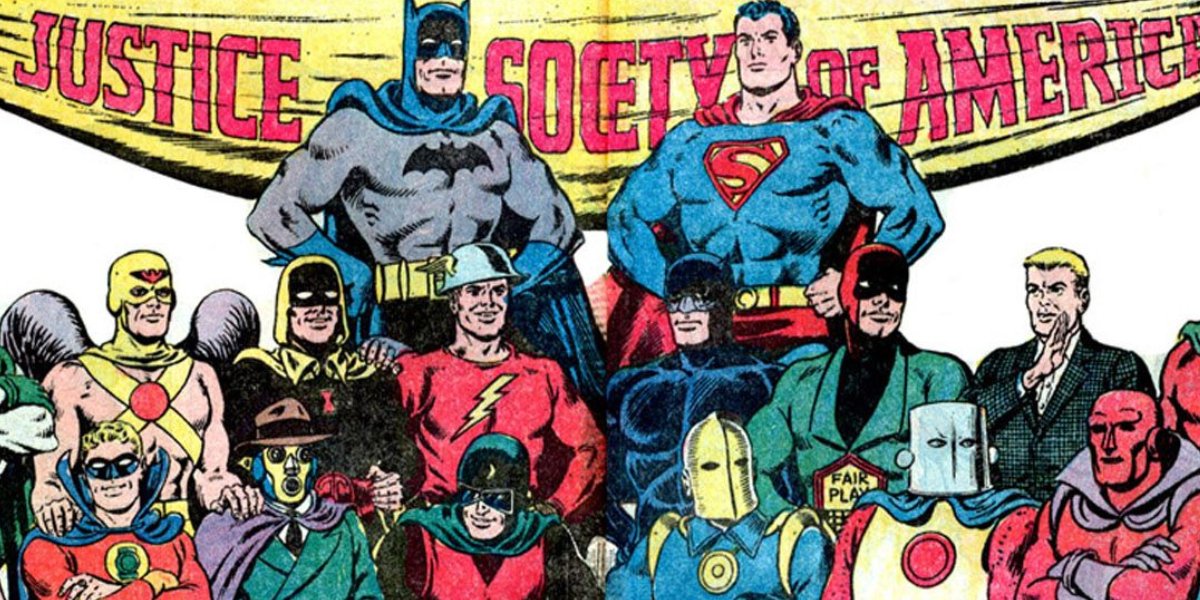
Batman And Superman Were Later Reimagined As Justice Society Founders
We will get into a broader explanation of how the Justice Society's history has been tossed around soon, but we must first mention DC Special #29. The 1977 issue was billed as the JSA's "untold origin" story in which Batman and Superman were actually founding members, a revelation that came just 37 years late. It is the confusing nature of the Dark Knight and the Man of Steel's sudden addition to the team that would later force DC to reimagine their existence once again, changing our understanding of comic book continuity forever.
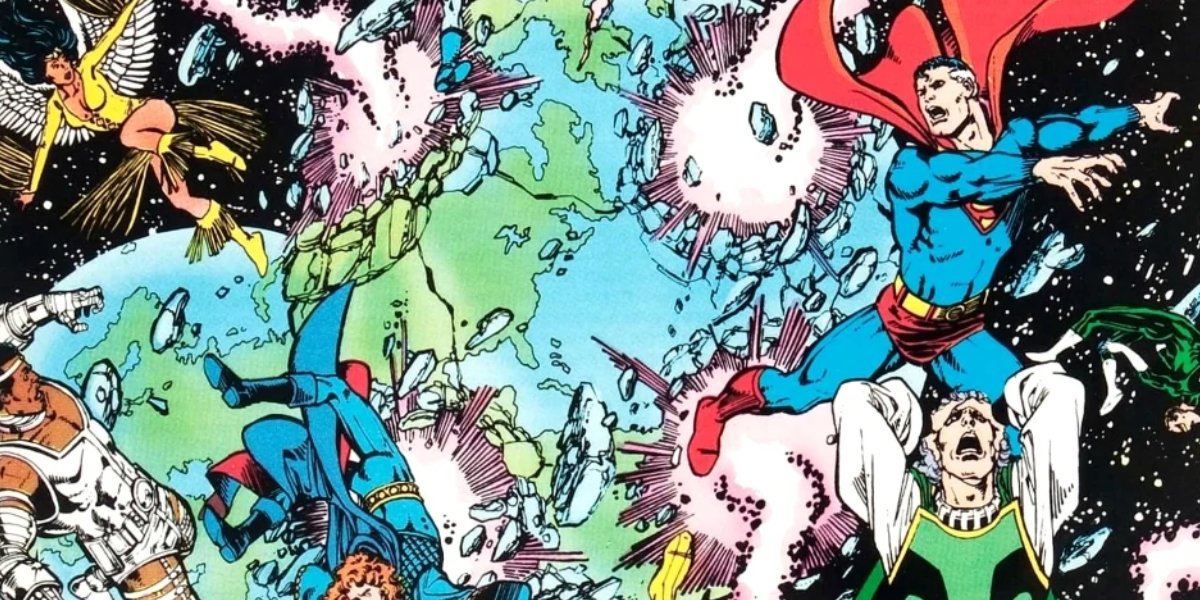
Retconned Justice Society History Is Responsible For The DC Multiverse
Retroactive continuity can make for some convoluted storytelling, and thus is the fate that the Justice Society of America has been dealt in DC's overarching narrative. With the Silver Age proving to house the more dominant iterations of flagship DC characters, publisher decided to reimagine the JSA as existing in an alternate universe dubbed Earth 2, until its reassignment as the Earth 1 reality's World War II-era Justice League predecessor following the Crisis on Infinite Earths arc. Geoff Johns would try to even the edges when he took over their run with a centralized re-imagining of the JSA in DC's main continuity, which would remain canonically active until the New 52 came along, inciting a maddening game of JSA Tug of War between Earths 1 and 2.
CINEMABLEND NEWSLETTER
Your Daily Blend of Entertainment News
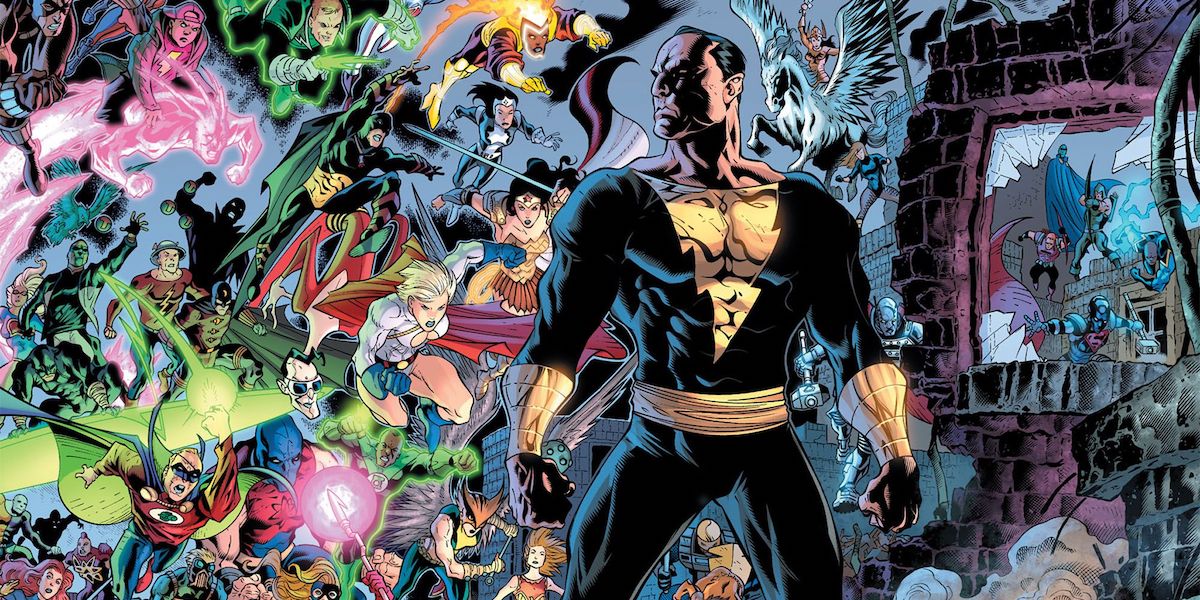
Black Adam Has Been Both A Member And Enemy Of The Justice Society
It was actually during Geoff Johns' own run on the Justice Society of America comics when Black Adam became connected to them, initially as a villain. However, as is the god-like Kahndaq native's frequent nature, he would turn over a new leaf and fight alongside them as a hero, even considering fellow JSA member Atom Smasher as someone he would call a brother. This does beg the question, though, of how the Justice Society of America will be introduced into Dwayne Johnson's Black Adam movie, and whether the filmmaker will adopt one of DC's many origin stories for the team or come up with something new.
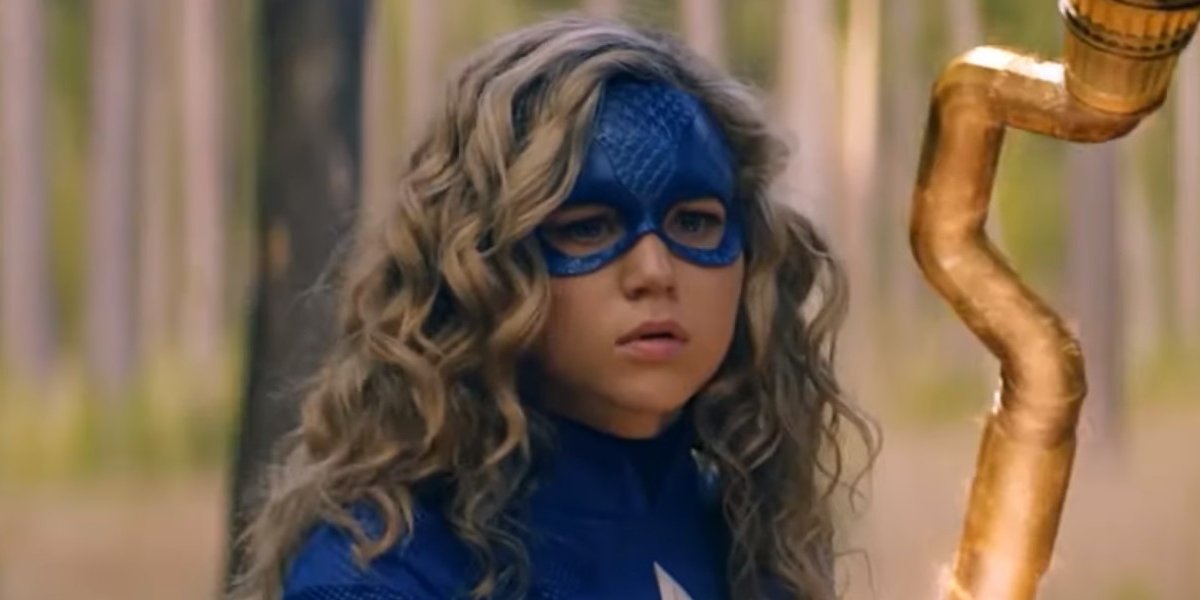
Stargirl Became A Justice Society Member In 1999
The new CW series Stargirl, co-created by JSA vet Geoff Johns and Arrowverse mastermind Greg Berlanti, follows a teenager (Brec Bassinger) equipped with a staff that gives her the power of a fallen superhero. This allows to her become a part of the Justice Society of America, joined by new crimefighters continuing the founding members' legacies. The comics' depiction of the "star-spangled" hero's 1999 introduction does not differ too much from the Arrowverse interpretation, save that Stargirl joined the JSA at a time when both founding members and legacy heroes were allowed.
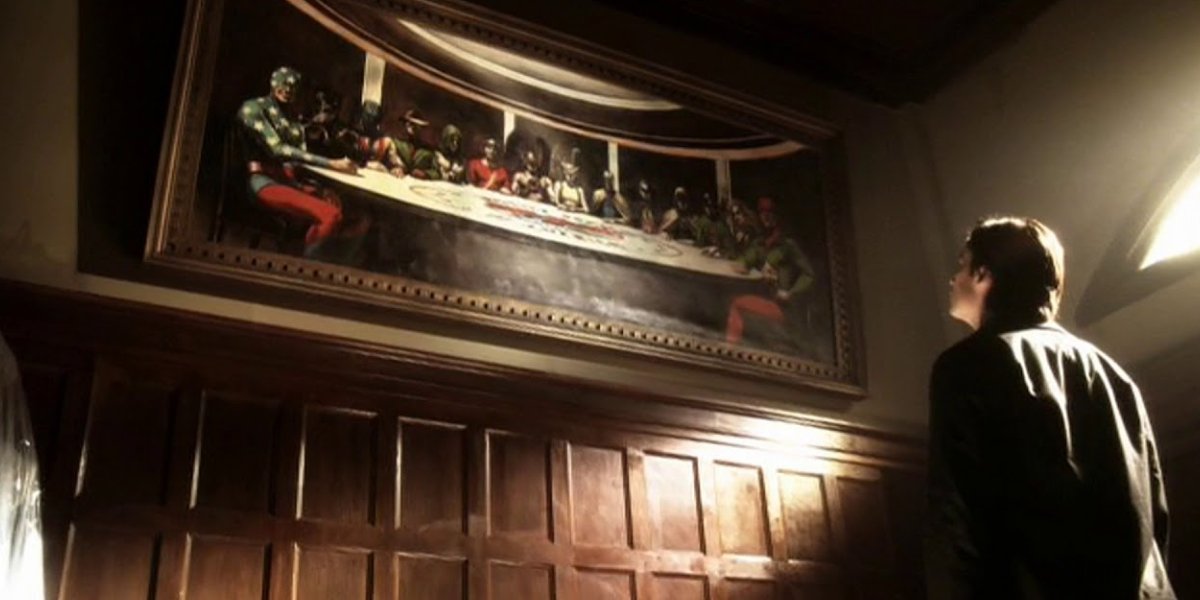
The Justice Society Has Been Referenced In Previous Screen Adaptations
The success of Stargirl on The CW and the anticipation for Black Adam has made for quite an exciting time in the Justice Society of America's history. However, while the Dwayne Johnson solo film will mark the team's first time adapted for cinema, its screen debut actually predates both of this properties. In addition to scoring appearances in the series Justice League Unlimited, members of the JSA were featured in the 2008 animated film Justice League: The New Frontier. The JSA's live-action debut would come in the final season of Smallville, and followed by a different incarnation of the team appearing in Legends of Tomorrow Season 2. The JSA also played a role in the mega-popular Injustice video game series.
Be sure to check back for more information and updates on how the Justice Society of America fits into the DC universes on the big and small screen here on CinemaBlend.

Jason Wiese writes feature stories for CinemaBlend. His occupation results from years dreaming of a filmmaking career, settling on a "professional film fan" career, studying journalism at Lindenwood University in St. Charles, MO (where he served as Culture Editor for its student-run print and online publications), and a brief stint of reviewing movies for fun. He would later continue that side-hustle of film criticism on TikTok (@wiesewisdom), where he posts videos on a semi-weekly basis. Look for his name in almost any article about Batman.



